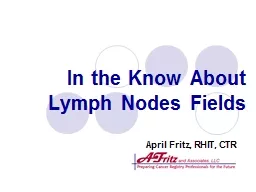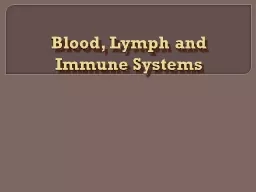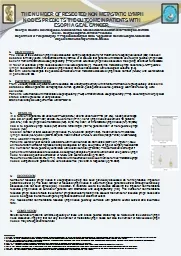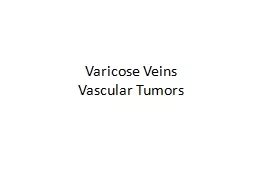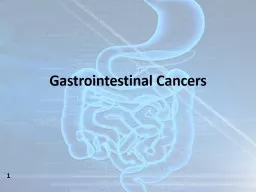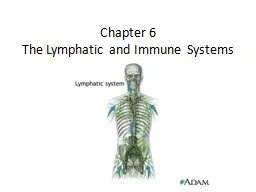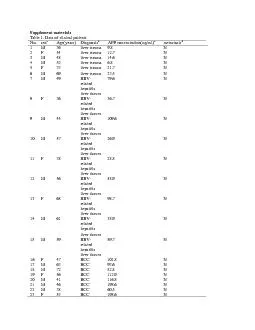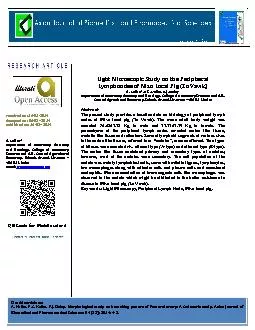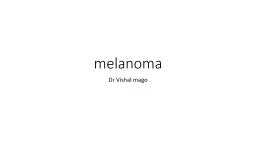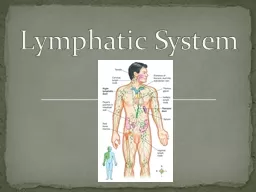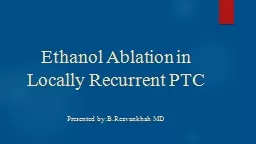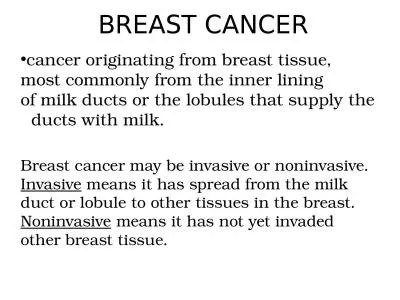PPT-In the Know About Lymph Nodes Fields
Author : lindy-dunigan | Published Date : 2018-02-14
April Fritz RHIT CTR Lymph Nodes Fields 2 What Well Cover Whats considered involvement Regional vs Distant Reference materials Nodes PositiveExamined Scope of Regional
Presentation Embed Code
Download Presentation
Download Presentation The PPT/PDF document "In the Know About Lymph Nodes Fields" is the property of its rightful owner. Permission is granted to download and print the materials on this website for personal, non-commercial use only, and to display it on your personal computer provided you do not modify the materials and that you retain all copyright notices contained in the materials. By downloading content from our website, you accept the terms of this agreement.
In the Know About Lymph Nodes Fields: Transcript
Download Rules Of Document
"In the Know About Lymph Nodes Fields"The content belongs to its owner. You may download and print it for personal use, without modification, and keep all copyright notices. By downloading, you agree to these terms.
Related Documents

